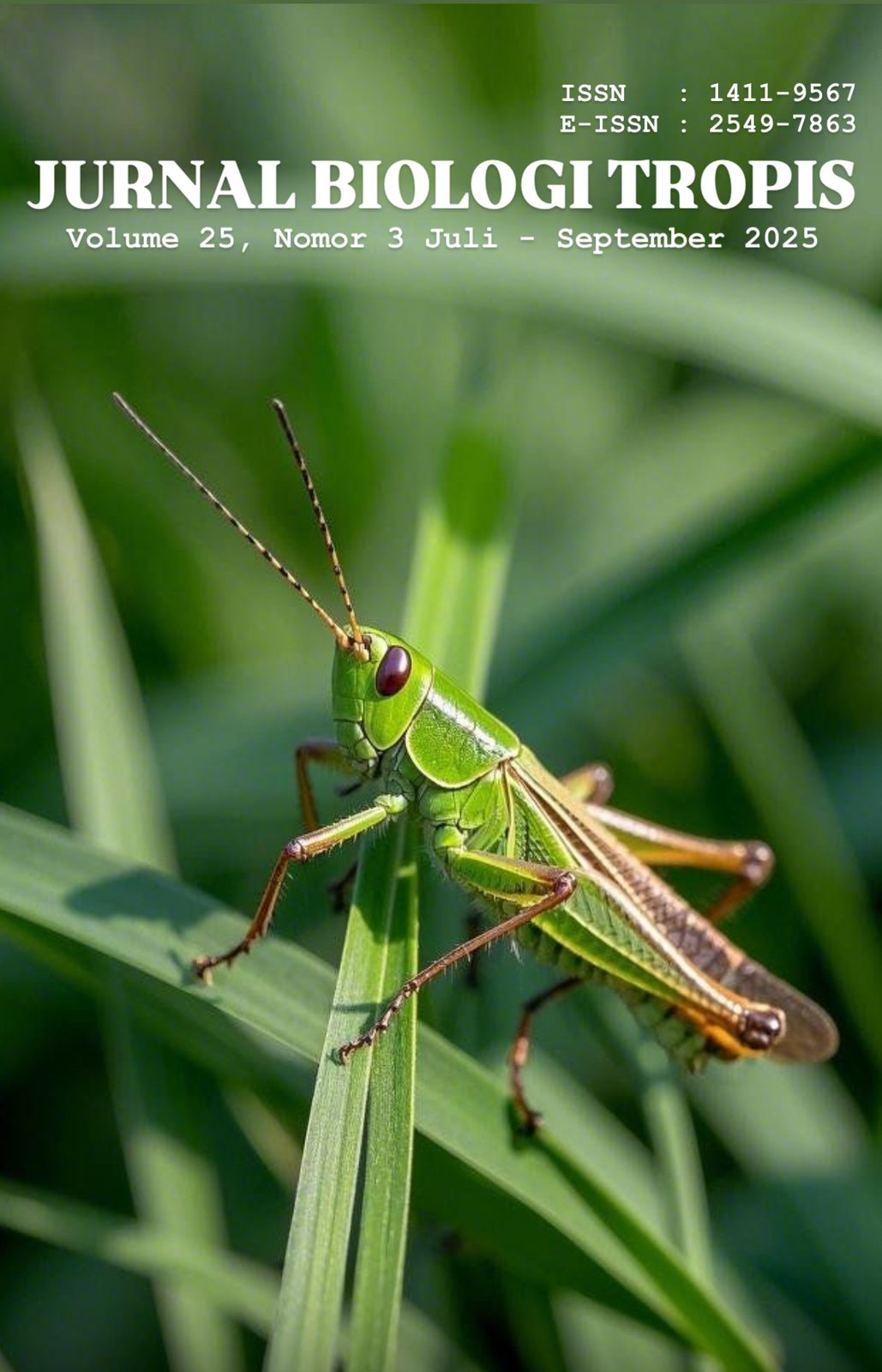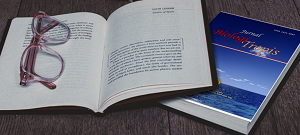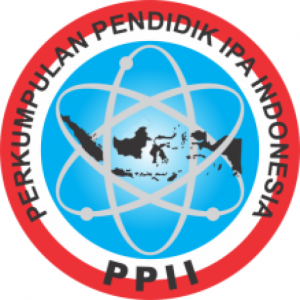Distribution Patterns of Soil Insects Across Microhabitat Types in Lemor Botanical Garden, East Lombok, Indonesia
Authors
Suliati Suliati , I Putu Artyasa , Mohammad Liwa IlhamdiDOI:
10.29303/jbt.v25i3.9427Published:
2025-07-02Issue:
Vol. 25 No. 3 (2025): Juli-SeptemberKeywords:
Distribution, Lemor Botanical Garden, microhabitats, soil insects.Articles
Downloads
How to Cite
Downloads
Metrics
Abstract
Soil insects play an important role as indicators of ecosystem balance, however information about soil insects especially the distribution patterns of soil insects across microhabitat in the Lemor Botanical Gardens is still limited. This research aimed to analyze the distribution patterns of soil insects across various types of microhabitats in the Lemor Botanical Garden. This type of research is descriptive exploratif where soil insect samples were taken using the pitfall traf method, soil drill and continued using berlese tullgren. Sampling was carried out for 3 repetitions at two stations, namely station 1 in the Ex Situ area and station 2 in the In Situ area of the Lemor Botanical Garden. Each station consists of 10 sampling plots where each plot consists of 3 microhabitats namely litter, soil surface and subsurface. The research data were analyzed using the Morisita Index. The results indicated that the distribution of soil insects showed variation across microhabitats: in the litter microhabitat, 14% of individuals exhibited a clumped distribution and 1% an uniform distribution; in the soil surface microhabitat, 32% were clumped and 2% uniform distributed; and subsurface microhabitats, 7% were clumped and 1% uniform distributed. These findings suggest that the dominant distribution pattern of soil insects across all microhabitats is clumped followed by a lesser degree of uniform distribution. The research is expected to provide insights to the public regarding the distribution patterns of soil insects across various types of microhabitats in the Lemor Botanical Garden.
References
Alford, D.A. (2007). Pests of Fruit Crops. London: Manson Publishing Lid. ISBN: 13: 978-1-84076-051-4.
Arwindo, V., Ifadatin, S., & Rafdinal. (2022). Keanekaragaman dan Pola Distribusi Kantong Semar (Nepenthes spp.) di Bukit Bentuang Dusun Punti Tapau Kecamatan Entikong Kabupaten Sanggau. Journal of Biotechnology and Conservation in Wallacea, 02 (02), 59-70. DOI: https://doi.org/10.35799/jbcw.v2i2.43257
Basna, M., Koneri, R., & Papu, A. (2017). Distribusi dan Diversitas Serangga Tanah di Taman Hutan Raya Gunung Tumpa Sulawesi Utara. Jurnal MIPA UNSRAT, 6(2), 36-42. DOI: https://doi.org/10.35799/jm.6.1.2017.16082
Borror, D.J & White, R.E. (1970). A Field Guide to Insects. New York: United States of America. ISBN. ISBN: 0-395-91170-2.
Dina, S., Wardianti, Y., & Widiya, M. (2021). Keanekaragaman Serangga Permukaan Tanah di Kawasan Bukit Gatan Kabupaten Musi Rawas. Jurnal Biosilampari: Jurnal Biologi, 3(2), 65-70. DOI: https://doi.org/10.31540/biosilampari.v3i2.1274
Falahudin, I. (2015). Diversitas serangga ordo orthoptera pada lahan gambut di kecamatan lalan Kabupaten Musi Banyuasin. Bioilmi: Jurnal Pendidikan, 1(1), 1-7.
Fauziah. (2016). Keanekaragaman Serangga Tanah pada Arboretum Sumber Brantas dan Lahan Pertanian Kentang Kecamatan Bumiaji Kota Baru. Skripsi, UIN Malang.
Gaffar, A. (2018). Kenekaragaman Arthropoda di Gua Sibedahan, Gua Sigawir, dan Gua Sigintung, Kawasan Karst Kampung Cibuntu, Bogor, Jawa Barat (Bachelor's thesis, Fakultas Sains dan Teknologi UIN Syarif Hidayatullah Jakarta).
Ilhamdi, M. L. (2012). Keanekaragaman Serangga Dalam Tanah di Pantai Endok Lombok Barat. Jurnal Pijar Mipa, 7(2), 55-59. https://doi.org/10.29303/jpm.v7i2.95
Ilhamdi,.M. L. (2018). Pola Penyebaran Capung (Odonata) di Kawasan Taman Wisata Alam Suranadi Lombok Barat. Jurnal Biologi Tropis, 18(1), 27-33. https://doi.org/10.29303/jbt.v18i1.508.
Krebs, C.J. (1989). Ecological Methodology. New York: Harper Collins Publisher
Lubis, R., Herlina, M., Rahmi, & Maharani, I. (2021). Keanekaragaman dan Distribusi Capung di Kawasan Padang Rumput Desa Bingin Rupit Ulu Kecamatan Rupit. SIMBIOSA, 10(1), 32-40. DOI: https://doi.org/10.33373/simbio.v10i1.3233
Ludwig, J.A. (1988). Statistical Ecology. New York : A Willey-Intercience Publication. ISBN: 0-471-83235-9
Madej, G., Barczyk, G., & Gawenda, I. (2011). Importance of Microhabitats for Preservation of Spesies Diversity on the Basis Mesostigmatid Mites. Polish of Environ, 20(4), 961-968. http://www.pjoes.com.
Patale, N., Frans, T. M., & Lasut, M. T. L. M. T. (2022). Keanekaragaman Serangga Tanah Di Taman Wisata Alam (Twa) Batuputih. In Cocos (Vol. 14, No. 3). https://doi.org/10.35791/cocos.v8i8.38738
Pora, M.S. (2013). Keanekaragaman Serangga Pada Perkebunan Jeruk Manis (Citrus sinensis L). Anorganik dan Semi Organik Desa Banaran Kecamatan Bumiaji Kota Batu. Thesis. Fakultas Sains dan Teknologi Universitas Negri (UIN) Maulana Malik Ibrahim Malang.
Pratiwi, D.I., Arisandi, D.A., & Febrianti, Y. (2018). Keanekaragaman Serangga Permukaan Tanah di Kebun Kopi Desa Belumai Kecamatan Padang Ulang Tanding Kabupaten Rejang Lebong. Lubuklinggau: STKIP-PGRI Lubuklinggau. DOI: https://doi.org/10.35799/jbcw.v3i1
Purwantiningsih, B., Leksono, A.S & Yanuwiadi, B. (2012). Kajian Komposisi Serangga Polinator Pada Tumbuhan Penutup Tanah di Poncokusumo-Malang. Jurnal Berk. Penel. Hayati, 17(2), 165-172. DOI: https://doi.org/10.23869/bphjbr.17.2.20127
Purwowidodo. (2003). Panduan Praktikum Ilmu Tanah Hutan. Bogor: Fakultas Kehutanan IPB.
Rizky, M. (2018). Pola Penyebaran dan Struktur Populasi Salagundi di Simorangkir Julu, Kabupaten Tapanuli Utara. Universitas Sumatera Utara: 16-20. http://repositori.usu.id/handle/123456789/7732
Rosinta, M., Artayasa, I. P., & Ilhamdi, M. L. (2021). Diversity of Soil Insect in Kerandangan Ecotourism Nature Park Area West Lombok Island. Jurnal Biologi Tropis, 21(3), 870-877. DOI: https://doi.org/10.29303/jbt.v21i3.2975
Setiawati, D., Wardianti, Y., & Widiya, M. (2021). Keanekaragaman Serangga Permukaan Tanah Di Kawasan Bukit Gatan Kabupaten Musi Rawas. Jurnal Biosilampari: Jurnal Biologi, 3(2), 65-70. https://doi.org/10.31540/biosilampari.v3i2.1274
Suhardjono, Y. R., Louis, D. M., & Anne, D. (2012). Collembola. Bogor: Vegamedia.
Suheriyanto. (2008). Ekologi Serangga. Malang: UIN MALANG Press.
Sulistiyowati, H., Rahmawati, E., & Wimbaningrum, R. (2021). Spatial distribution patterns of Lantana camara L. population as invasive alien species in Pringtali Savana Bandealit resort Meru Betiri National Park. Jurnal Ilmu Dasar, 22(1), 19-24. DOI: https://doi.org/10.19184/jid.v22i1.9247
Syazali, M., Mutmainnah, M., & Erfan, M. (2023). Kekayaan Jenis Semut (Hymenoptera: Formicidae) Di Taman Wisata Alam (TWA) Suranadi Dan Relevansinya Pada Pembelajaran Sains Di Sd. Biochephy: Journal of Science Education, 3(1), 76-82. https://doi.org/10.52562/biochephy.v3i1.576
Tae, V. Y., Seran, Y. N., & Bani, P. W. (2023). Keanekaragaman dan Peran Ekologis Serangga Tanah di Kawasan Hutan Rafae Kecamatan Raimanuk Kabupaten Belu. Journal Science of Biodiversity, 4(2), 51-60. DOI: https://doi.org/10.32938/jsb/vol4i2
Triplehorn, C.A & Johnson, N.F. (2005). Study of Insects. New York: Peter Marshall.
Taradipha, M. R., Rushayati, S.B., & Haneda, N. F. (2018). Karakteristik Lingkungan Terhadap Komunitas Serangga. Journal of Natural Resources and Environmental Management, 9(2), 394-404. DOI: https://doi.org/10.29244/jpsl.9.2.
Widiyanti, W.E., Iskandar, Z., & Herawati, H. (2020). Distribusi Spasial Plankton di Sungai Cilalawi, Purwakarta, Provinsi Jawa Barat. Jurnal Limnotek Perairan Darat Tropis di Indonesia, 27(2), 117-130.
Wirakalam, Syukriati, & Baihaqi, M. (2022). Prospek Pengembangan Objek Wisata Taman Raya Lemor Dalam Meningkatkan Pendapatan Masyarakat Desa Suela Kecamatan Suela Kabupaten Lombok Timur . Jurnal Pariwisata Nusantara, 1(1), 64-72. DOI: https:doi.org/10.20414/juwita.v1i1.5006
Zuhriah, S. R., Mukhlis, & Ilhamdi, M. L. . (2023). Diversity of Collembola in The Benang Kelambu Waterfall Natural Tourism Attraction Area Rinjani Geopark Lombok Island. Jurnal Biologi Tropis, 23(1), 16–26. https://doi.org/10.29303/jbt.v23i1.5978
License
Copyright (c) 2025 Suliati Suliati, I Putu Artyasa, Mohammad Liwa Ilhamdi

This work is licensed under a Creative Commons Attribution 4.0 International License.

Jurnal Biologi Tropis is licensed under a Creative Commons Attribution 4.0 International License.
The copyright of the received article shall be assigned to the author as the owner of the paper. The intended copyright includes the right to publish the article in various forms (including reprints). The journal maintains the publishing rights to the published articles.
Authors are permitted to disseminate published articles by sharing the link/DOI of the article at the journal. Authors are allowed to use their articles for any legal purposes deemed necessary without written permission from the journal with an acknowledgment of initial publication to this journal.


























